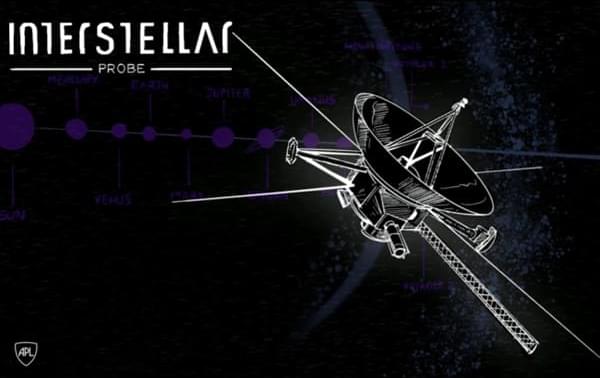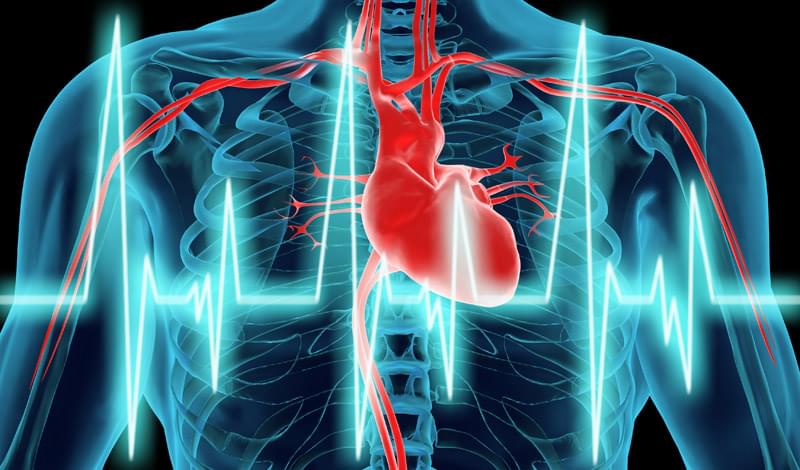The technology aims to deliver cost and power consumption improvements for deep learning use cases of inference, the companies said. This development follows NeuReality’s emergence from stealth earlier in February with an $8 million seed round to accelerate AI workloads at scale.
AI inference is a growing area of focus for enterprises, because it’s the part of AI where neural networks actually are applied in real application and yield results. IBM and NeuReality claim their partnership will allow the deployment of computer vision, recommendation systems, natural language processing, and other AI use cases in critical sectors like finance, insurance, healthcare, manufacturing, and smart cities. They also claim the agreement will accelerate deployments in today’s ever-growing AI use cases, which are already deployed in public and private cloud datacenters.
NeuReality has competition in Cast AI, a technology company offering a platform that “allows developers to deploy, manage, and cost-optimize applications in multiple clouds simultaneously.” Some other competitors include Comet.ml, Upright Project, OctoML, Deci, and DeepCube. However, this partnership with IBM will see NeuReality become the first start-up semiconductor product member of the IBM Research AI Hardware Center and a licensee of the Center’s low-precision high performance Digital AI Cores.







